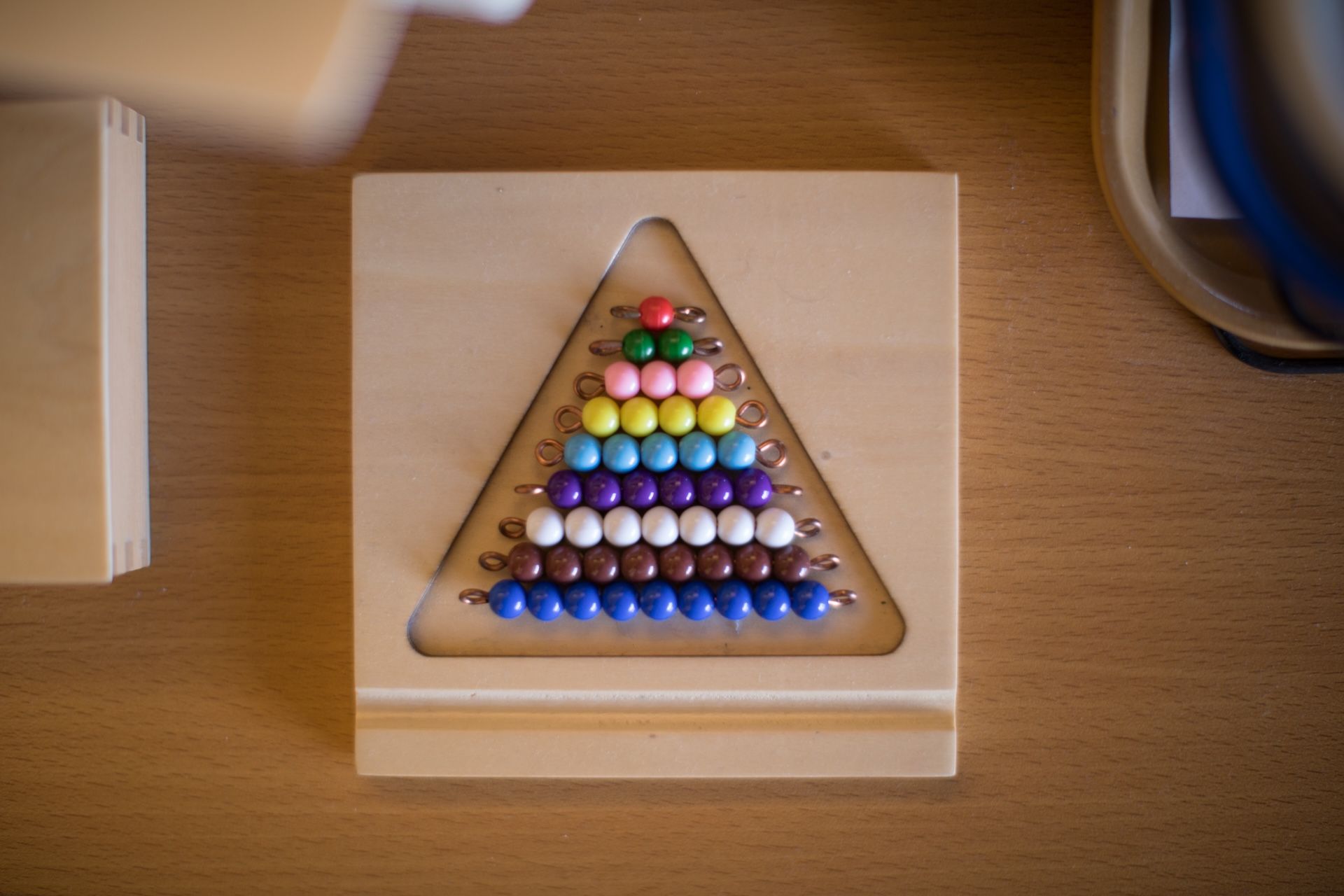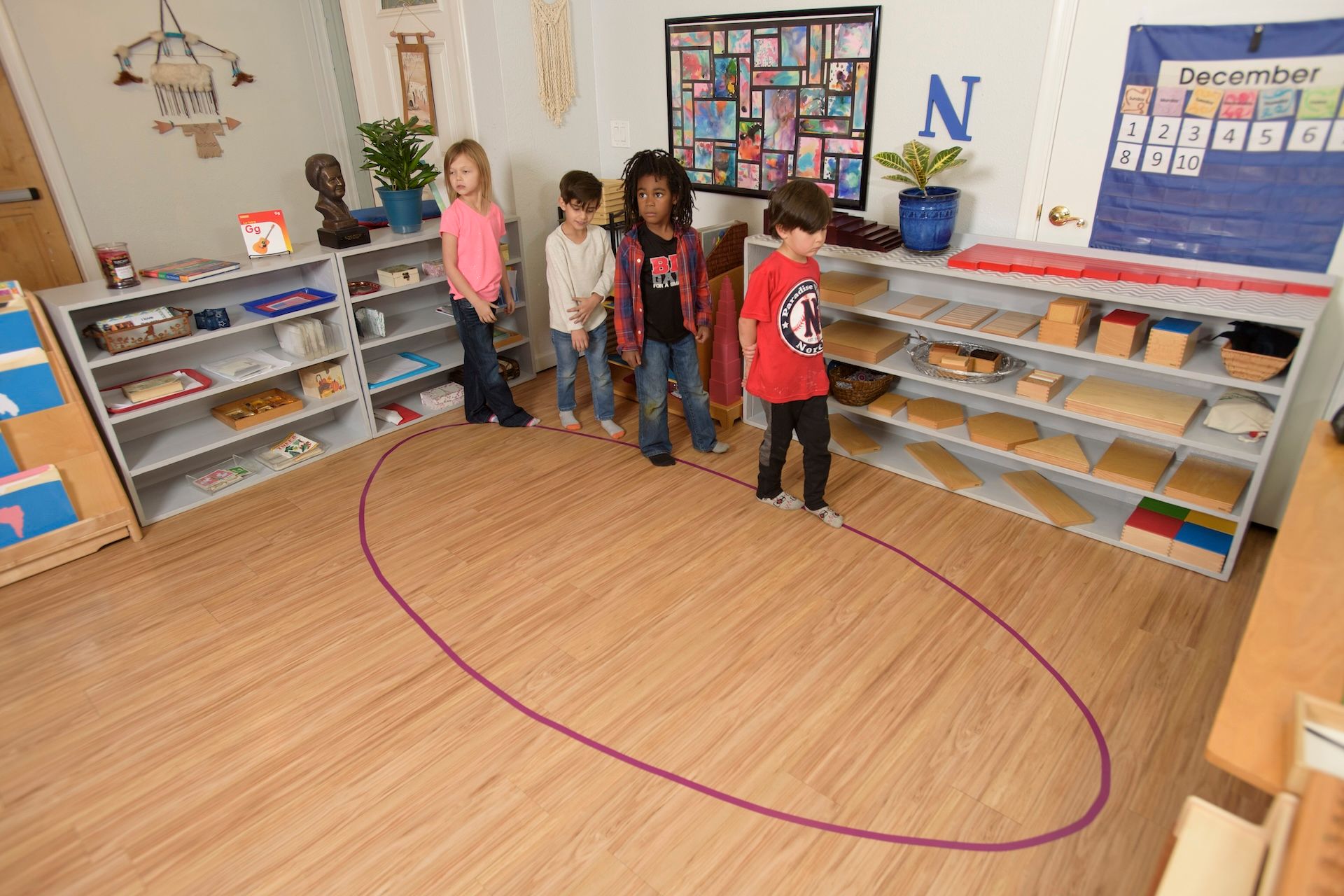Penmanship, to many, is something of a lost art. In the age of computers, tablets, and texting, it’s hard for some people to imagine that handwriting could be vitally important. Many traditional educational institutions provide only one hour of handwriting instruction in a week, which isn’t really enough time to develop a true mastery. By contrast, Montessori education has a heavy focus on lettering and presents cursive letters in particular. Letters are presented in script throughout the classroom from an early age and students become well-versed in this lettering. Children who have been exposed to letters thoroughly and are prepared to learn how to write are usually about 4, according to Dr. Montessori’s handbook. But, is there a benefit to this style of education? What do children gain from learning how to write well by hand?

Handwriting was the only form of documented communication for thousands to years. When the first records were painted, when the differences were carved in stone by dedicated scribes, and when the illuminations were drawn by monks, they took their time and carefully documented everything using only their own hands. As time went on, the printing press became successful and people were reading printed materials instead of handwritten books and papers. It wasn’t until the typewriter arrived in force that people really started to change the way they communicated. Fewer and fewer things are written by hand, more so now with smartphones taking over for random notes and grocery lists. Children are taught to type proficiently on a keyboard very early. While this is going to be a valuable skill throughout life, studies show they need to have an education that will cover both.
Researchers have conducted neural imaging studies on children of varying ages and found some surprising differences in the way the brain functions while writing by hand. Neural activity resembles an adult brain much more than normally when writing. Handwriting appears to aid literacy, idea composition, and expression. It may also aid in developing fine motor skills. One study conducted on elementary school children showed that those using pen and paper wrote much more creative and longer essays than those who were using a keyboard. Although the exact reason for this is unknown, there is something particularly valuable in writing by hand.
Dr. Montessori always interpreted writing as an important goal and said it was the culmination of other letter exercises. Her curriculum revolves around the same principles of modeling and independent exploration that guide her other philosophies. Students usually start by taking puzzle inserts with geometric shapes and tracing their outlines in pencil. They also have sandpaper letters mounted to blocks or papers that they can follow with their fingers. Children are encouraged to explore the different curvature of the letters and use different colors when they trace in order to engage their interest further. The teacher sounds out the letters when the child sees them and ultimately, the student understands which symbols correspond to the sounds they hear. This process takes stimuli from varying sources in order to provide an enriched understanding of handwriting.
Writing by hand will never disappear entirely. It’s too basic and essential a part of our humanity for it to be cut away by technology. As things change and we continue to move forward, Montessori education provides tremendous benefit to its students by engaging seriously in the extremely human art of penmanship.
The post Benefits of Writing by Hand appeared first on Pebblecreek Montessori.
Hours
MONDAY - FRIDAY
HALF DAY: 8:30a – 12 noon
ACADEMIC DAY: 8:30a – 3:30p
EARLY CARE: 7:00a – 8:30a
AFTER CARE: 3:30p – 6:00p
OFFICE: 8:00a - 4:00p
Programs
Connect
Pebblecreek Montessori




